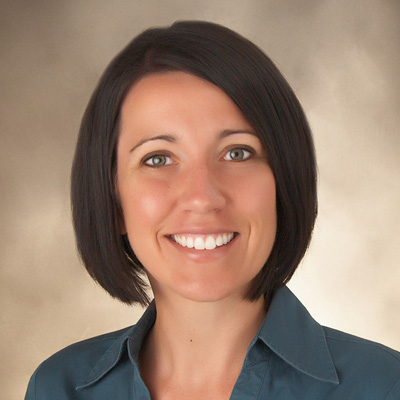About Us
Radiology and Imaging Services can involve unfamiliar equipment, noises and sitting still — things kids don’t always enjoy. But here at Children’s Nebraska, our pediatric-trained experts know how to make a radiology visit enjoyable and comfortable for children.
Safety is our top priority at Children's, and parents can rest assured that we use careful and customized approaches tailored to each child.
No radiation remains in your child’s body after X-rays or CT scans.
We offer many alternative tests that don’t involve radiation.
We use “child size” doses to minimize long-term risks of overexposure to radiation. We calculate the amount based your child’s size, weight and condition.
Children’s is the only hospital in Nebraska offering the EOS System®, which uses the smallest amount of radiation needed for the most accurate images.
Our teams use nationally recognized standards, including ALARA (as low as reasonably achievable), as well as Image Gently® guidelines from the Alliance for Radiation Safety in Pediatric Imaging.
Contact Us
Your child needs an order from a provider to schedule an imaging service. Once the order is placed, contact us to schedule an appointment.
Phone:
Fax:
402.955.6445
Additional Information:
All imaging services, including osseous surveys, require an appointment except for basic X-rays. although they are still highly encouraged.
Meet Our Providers
Our pediatric radiologists will work with the child's providers to identify the appropriate imaging techniques. In some cases, an interventional radiologist may be part of the child's care team. These specialists perform advanced, image-guided procedures, including biopsies and treatments for nerve pain. Get to know our team of radiology and imaging experts.






Treatments and Services
Interventional Radiology Procedures
Locations
You’ll find Children’s radiology and imaging services at many convenient locations.
Children's Care Today – West Village Pointe
Children's Nebraska Specialty Pediatric Clinic – Lincoln
Next Steps
Your child will need an order from a provider to schedule an imaging service. Once the order is placed, call 402.955.6799 option #4 to schedule an appointment. Please call ahead, as not all services are available at every location. We encourage but don’t require appointments for X-rays.
Resources and Education
Preparing for Your Child’s MRI
Learn what to expect during your child’s MRI, how to prepare and how the procedure helps doctors diagnose health conditions without using surgery.
What Should I Expect When My Child Needs a CT Scan?
Find out what to expect when your child needs a CT scan, including how the procedure works and how to help them feel comfortable.
Patient Spotlight
Julia's Story: The Benefits of EOS Imaging
Karys' Story: Innovation & Collaboration Provide “Nothing but the Best”
Prepare for Your Visit
What Sets Us Apart
Child-Focused Approach
Our radiologists have extensive experience and a heart for working with children. We put children at ease and our imaging equipment is made specifically for children.
High-Level of Expertise
Our radiologists have advanced, fellowship-level training in pediatric radiology and over 65 years’ combined experience reading pediatric studies.
Safety Leaders
Our radiologists are recognized nationally for their efforts to minimize radiation exposure in children while providing accurate diagnostic results.




